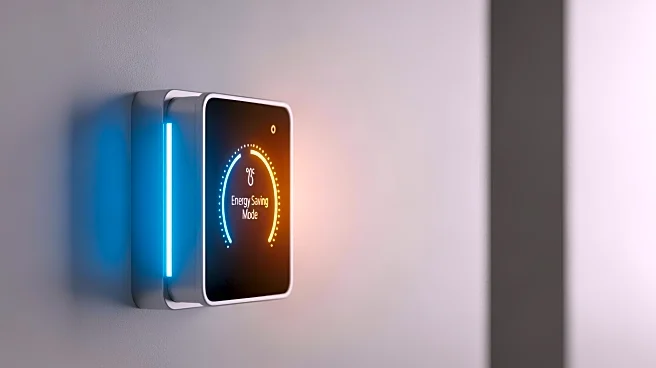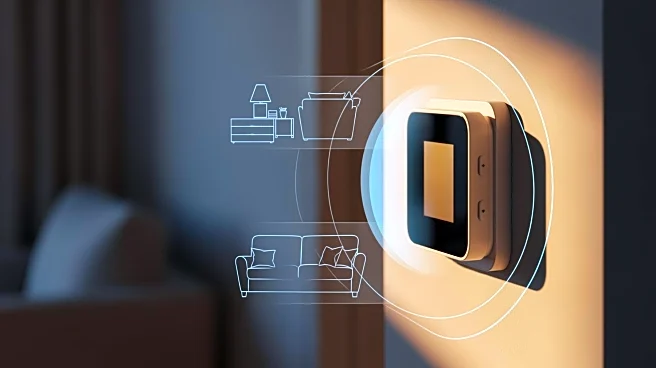What's Happening?
Heating costs have risen significantly across the U.S., with electricity prices outpacing inflation over the past six years. As winter approaches, homeowners are seeking ways to reduce energy bills without
sacrificing comfort. Smart thermostat programming is highlighted as a key strategy for maximizing heating efficiency. Experts recommend setting thermostats to 68 degrees Fahrenheit when home and lowering it by 7 to 10 degrees when asleep or away, potentially saving up to 10% annually on heating costs. Additionally, investing in good insulation can further reduce energy consumption.
Why It's Important?
With rising energy costs, efficient heating solutions are crucial for homeowners looking to manage expenses. Smart thermostats offer a practical way to optimize heating systems, providing both comfort and cost savings. This approach not only benefits individual households but also contributes to broader energy conservation efforts. As more homeowners adopt these technologies, there could be a significant impact on national energy consumption patterns, potentially influencing energy policy and market dynamics.
What's Next?
Homeowners are encouraged to explore smart thermostat options and consider professional HVAC inspections to ensure systems are running efficiently. As technology advances, more sophisticated energy-saving solutions may become available, further enhancing home energy management. Additionally, increased awareness and adoption of these practices could lead to more competitive pricing and innovation in the smart home market.












